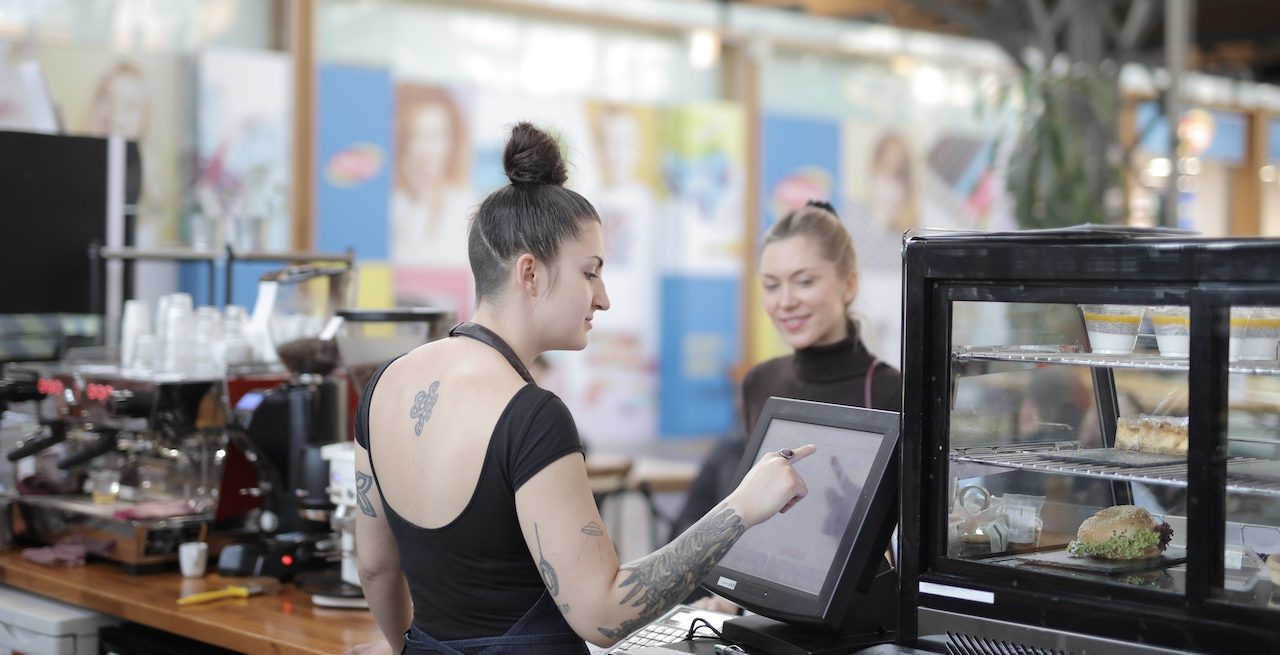Consumer Habits Are Changing — What’s Next for Restaurant Tech?
5 Min Read By Savneet Singh
The food industry has been historically slow to integrate technology and digital solutions. However, given the current circumstances surrounding the COVID-19 pandemic, economic instability and impending recession in 2023, traditional norms are shattered. Restaurants have had to adapt beyond the conventional to navigate the stormy waters and emerge stronger than ever before.
Many food and beverage establishments have seen success with technology — such as contactless options, automation to support changing workforces and innovative customer loyalty strategies — in their endeavors to meet the demand for safer and more convenient dining experiences. Here are the ways technology is revolutionizing the culinary world through.
The Future of PaymentsPayment option variety is changing the dining experience in unthinkable ways. Gone are the days of cash-only transactions. Customers expect efficient and convenient payments, and restaurants must adapt to meet those demands Tap-to-pay…
Sorry, You've Reached Your Article Limit.
Register for free with our site to get unlimited articles.
Already registered? Sign in!


